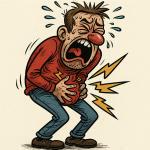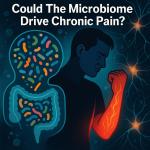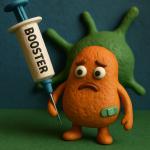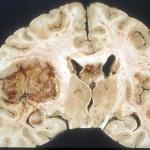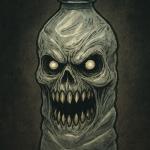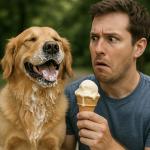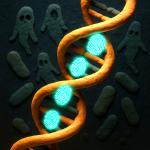“Sleep is that golden chain that ties health and our bodies together.”
- Thomas Dekker, 16th century playwright
Disease
Have you ever had a kidney stone? Your answer will almost certainly be "yes" or "no," not "I'm not sure." It’s a binary event, like asking, “Has your poodle ever piloted an Airbus A380?” No gray area here.
Ticks are just like us; they need food, and pets and humans alike are the perfect hosts.
One of the most poorly understood forms of chronic pain is complex regional pain syndrome (CRPS), characterized by an intense, disproportionate, burning pain, usually in a limb, often developing after an injury, surgery, or stroke. The autono
One of the enduring strengths of vaccination is its ability to create long-lasting immune memory.
Glioblastoma multiforme (GBM), one of the most dreaded and deadly forms of brain cancer, has been on my mind recently because one of my dog-park friends was recently diagnosed with it.
Lately, the press has feasted on a new Lancet article that concludes that about 350,000 of you are going to die yearly from heart disease brought abou
This is true. And I'm not kidding.
Colorectal cancer (CRC) is the third most common cancer worldwide. More troubling is that what had been a stable incidence is now rising, particularly early-onset CRC – in the birth cohort of the 1980s.


